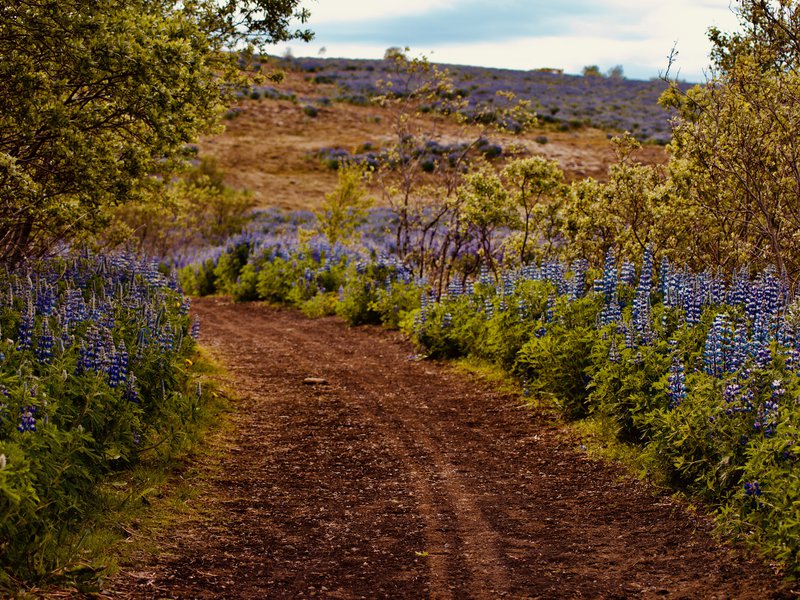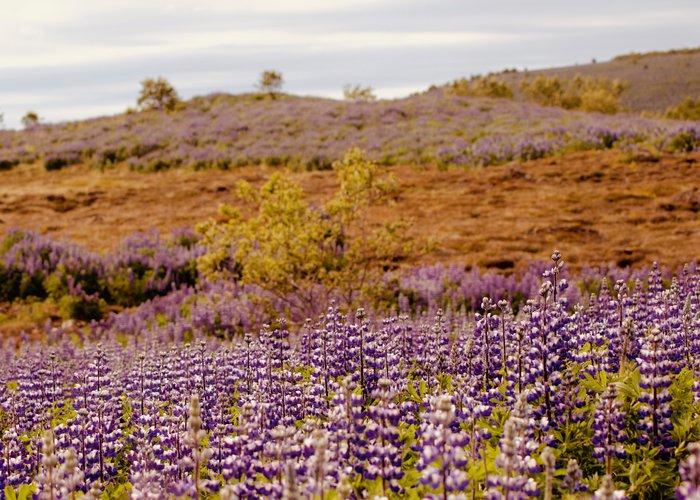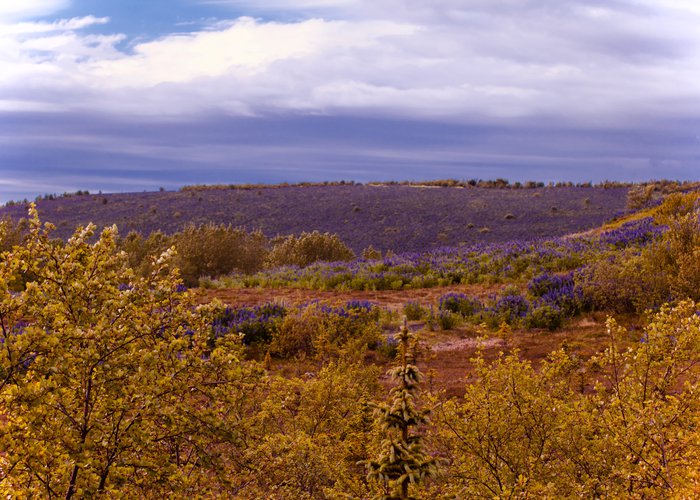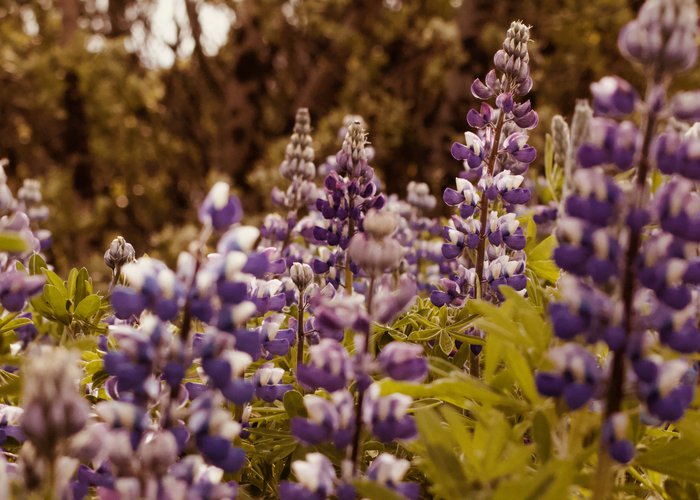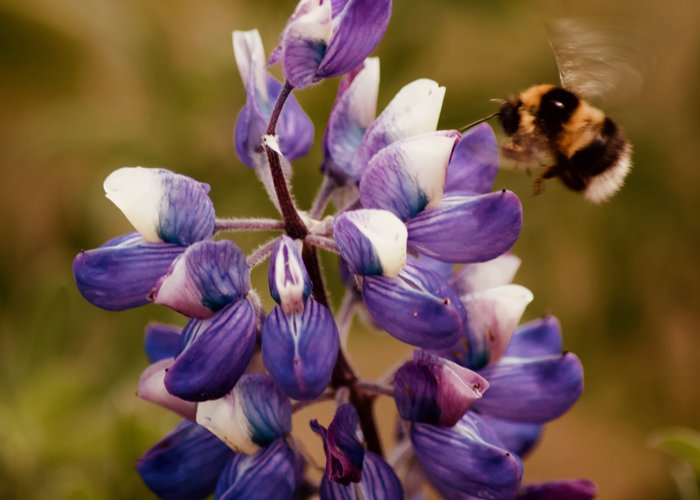Apparently the summer is saying goodbye. The last few weeks it had been raining a lot, but the day before yesterday, it seemed that the sun was giving us the last breath of its presence.Today he returned in full force and splendour. Icelanders say that if you don't like the weather, wait 5 minutes. I have waited almost a year and I just don't see it clear. Of course, that is part of my adaptation process, which depends a lot on individual circumstances. In my case, I have come to the conclusion that I really like the average temperature (why the need of choosing between warm or cold?). Of course the temperate climate is the one that I remember predominates the most in Mexico City (despite the fact that climate change has done its job).
At last, I can now shout and flaunt to the four winds "I survived the winter and the midnight sun of the Icelandic summer!". It reminds me of when we were returning from Manzanillo to the chaotic Mexico City, my dad used to tell us "se les está acabando el veinte", which indicated that we were running out of joy and relaxing time. It’s getting close!... [I hyperventilate]
It is a burden to have to get used to the idea that, as far as this year is concerned, we will not have the Mexican warmth. There are plenty of explanations, considering that it is 2020. But before winter takes away from me, the desire to go out for a spin, I am going to tell you about something that has nothing to do with it, in the good fashion of this blog.
Legend has it that in the 1960s Iceland had a much more inhospitable landscape than it does now. So much so, that it was compared to what NASA expected to find on the moon, so they took advantage of the perfect set to do some training in its rugged territory. However, all that has changed, because of the famous Lupine plant.
It turns out that since the first settlers of the island, who began the immoderate deforestation, and in the ignorance that the soil here erodes much more than in continental Europe, the ecological catastrophe of the region originated. The concern of the Icelandic government led them to introduce plants from Alaska in 1945 at the judgement of the special envoy. The reproductive ease of the lupine, aligned with the initial benefits for the Icelandic landscape, transformed the scene in a matter of decades. From there, a controversy arises between lupine lovers and those who ask for their banishment, because for the former, in addition to the aesthetic aspect with respect to the landscape, they argue that the plant provides nutritional advantages to infertile soils. While the latter point out that the lupine is not part of the Icelandic ecosystem, the plant is also detrimental to the development of other endemic flowers and bushes, as it has behaved as an invasive species within the territory. Darwin watches us from afar.
The lupine blooms between May and July, painting the mountain slopes purple. August arrived, with the rains and the winds, the lupine were giving way to greenish bushes and abundant grasses. But they don't waste time, they take root, produce seeds, clinging to the earth, only to return the following summer and swarm with purple once again.
